The word façade originally comes from the Italian word “facciata”, and is defined as the outside or all of the external faces of a building. The term is frequently used to refer just to the main or front face of a building. Along with the roof, cladding is one of the most important elements of a building, since it acts as the primary barrier against external weather elements that could damage the health of the structure, such as rain, snow, wind, frost, sun, etc. Because of this, it is very important to choose a façade system that protects against these risks whilst helping to achieve lower energy consumption, reduce maintenance costs and improve comfort for the inhabitants. Contemporary homes are unique for their incorporation of multiple architectural styles. While they feature the minimal adornment, open spaces and large windows of modern homes, they are also characterized by free-form composition not...
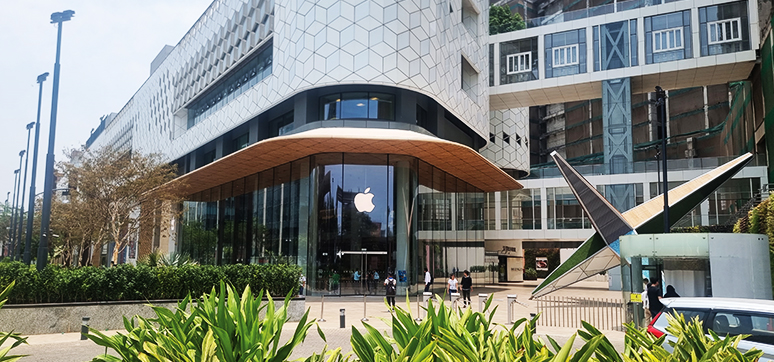
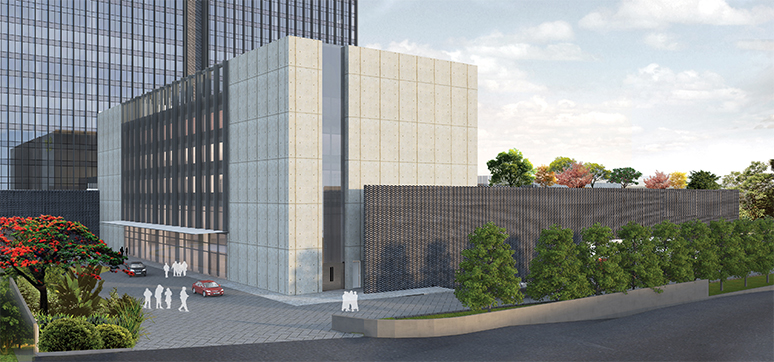
Office Towers Have Undergone Significant Changes in Façade Cladding Materials
In façade design, cladding plays a major role in improving aesthetics and providing protection from natural elements. Aesthetics: Exterior wall cladding is a critical element that significantly enhances the aesthetics of the façade. Carefully chosen materials can be thoughtfully integrated into the façade to conceal service lines and other utilities, creating a pleasing appearance. Weather Protection: Due to the diverse weather conditions in different regions of our country, selecting the appropriate cladding materials for the façade is crucial. Wise material choices can effectively shield the structure from natural elements such as heat radiation, and rain, and also improve acoustics, etc. SELECTING CLADDING MATERIALS Selecting the best building cladding material involves careful consideration of several factors. The overall façade massing and the context of the building’s location play a crucial role in determining the most suitable cladding option. Sustainability is also a significant factor in making environmentally conscious choices. Additionally, the clever combination...
Posted on: 06 Oct 2023
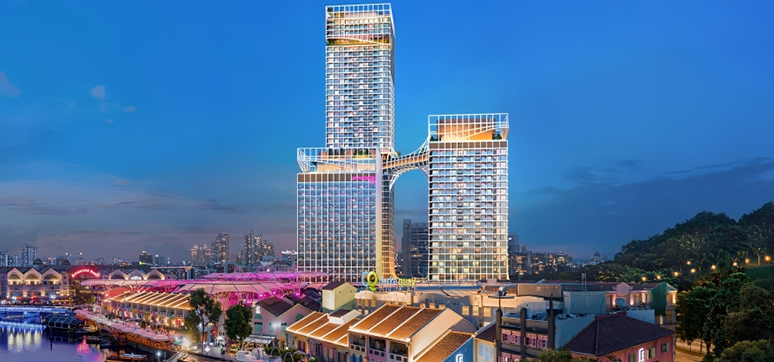
Enhancing Aesthetics and Performance: The Significance of Exterior Cladding in Buildings
The importance of cladding in buildings goes beyond functionality and serves as a crucial aspect of modern architecture. It not only protects the structure, from weather conditions but also contributes to its visual appeal. The selection of cladding material, design, and installation technique greatly impact the building’s energy efficiency, durability, and overall aesthetic impact. With a range of options architects, designers, and builders can now choose from various cladding options to seamlessly integrate structures with their surroundings while meeting sustainability and durability requirements. In this cover story, we will delve into the role of cladding as it has the potential to transform buildings into visually stunning and environmentally responsive works of art. For this, we have interviewed a few industry experts to bring to you all the important aspects related to cladding. Here are the excerpts: Types of Exterior Cladding Materials and Criteria of Selection [caption id="attachment_54224" align="alignright" width="150"] Mathieu...
Posted on: 06 Oct 2023
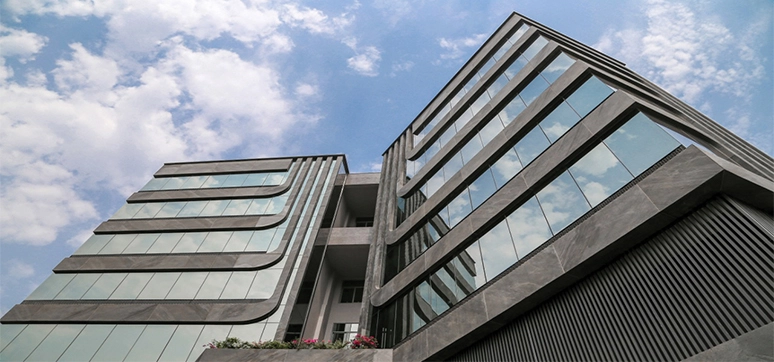
“Energy Efficiency and Environmental Friendliness are Two Important Considerations while Choosing Cladding Materials”
What are the purposes of exterior wall cladding? Exterior wall cladding protects the structure from adverse weather conditions, by making it resistant to exposure to sunlight, sudden changes in humidity and so on. Due to its high degree of insulation, it helps maintain cool temperatures inside. It will ensure little or no maintenance as it requires just washing to keep its strength and look hence avoiding huge expense on repairs and maintenance. External wall cladding also enhances the aesthetic appeal of the building and hence saves a lot of money as compared to the other alternatives. What are the best building cladding systems? For me, the best cladding material would be the Solid Core Aluminum which is extensively used for the exterior of the building. It has protective skin on both sides that enhances its appearance, and provides insulation while providing protection from various environmental elements. The benefits of Solid...
Posted on: 04 Oct 2023
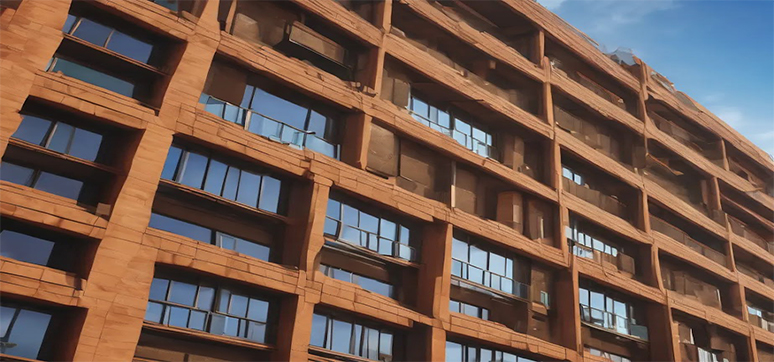
Future Belongs to Sustainable Windows
The world is going through a time, where mankind is struggling hard to create a balance between environment & lifestyle. Our environment has reached a level where it has become mandatory for us to develop and use products that are sustainable in nature & helps in reviving the environment where our future generations can live happily. If we see most parts of the world, infrastructural development is at pace and there is a huge scope for further development. It states that more construction and associated material are required which will harm nature if the material is not eco-friendly or non- recyclable. In the past 100 years, we have consumed a lot of natural resources, which can not be created again. profine Group, a German company, is a globally renowned name in the fenestration industry producing sustainable uPVC window and door systems. Sustainability has always been at the core of business...
Posted on: 03 Oct 2023
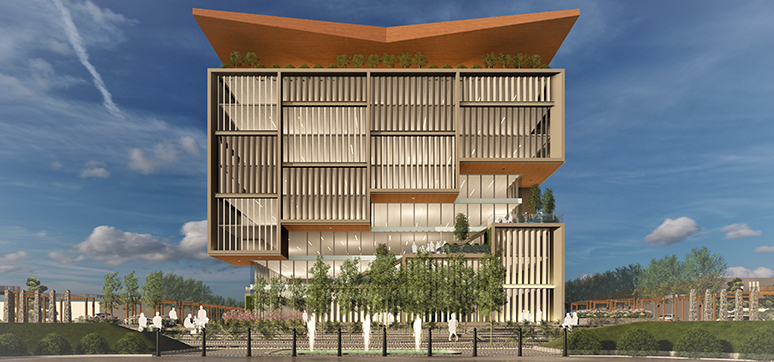
Use Cladding Materials That are Not Only Robust But Also Have a Low Carbon Footprint, Emphasising Sustainability
The Purposes of Exterior Wall Cladding Exterior wall cladding helps in a varied number of ways. Firstly, it provides protection to the building from the natural elements, creating a secondary layer that helps prevent moisture infiltration and potential structural damage. Secondly, exterior wall cladding is vital in improving the building’s insulation and energy efficiency. The additional layer on the exterior walls reduces heat transfer, keeping the interiors cooler in hot climates and warmer in cold temperatures. Moreover, exterior wall cladding offers insulation from external noise, making it particularly advantageous for buildings located near busy roads or areas with high levels of noise pollution. In modern times, high-performance exterior wall cladding serves as a protective barrier against fire. The use of efficient cladding materials, designed to be fire-resistant and with fire-retardant properties, helps contain the spread of flames during a fire emergency, thus enhancing overall fire safety. Lastly, from an architectural...
Posted on: 25 Sep 2023
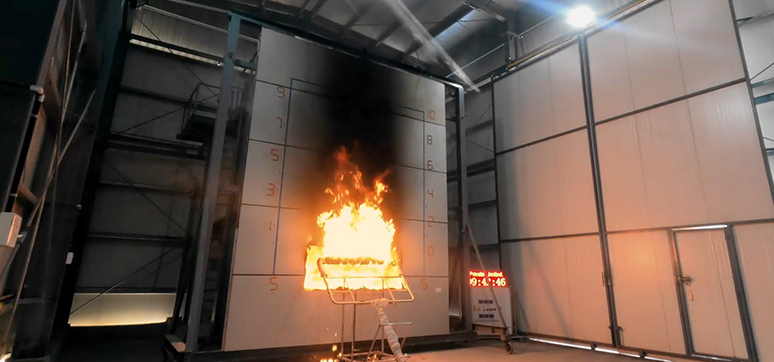
Ensuring Safety, Functionality & Longevity of Buildings through Testing
In the rapidly evolving landscape of modern architecture and construction, the significance of testing has emerged as a cornerstone for ensuring the safety, functionality, and longevity of high-rise buildings. The integration of glass, fire safety in building façades, and hardware components within these towering structures has ushered in a new era of innovation and design. However, with innovation comes the imperative to rigorously test these elements to meet stringent standards and regulations. This article delves into the pivotal role that testing plays in guaranteeing the integrity of the glass, fire safety, and hardware in high-rise buildings, safeguarding lives and elevating the standards of contemporary urban living. 1. NFPA 285: Enhancing Fire Safety in Building Facades The NFPA 285, developed by the National Fire Protection Association, serves as a vital fire testing standard specifically designed to evaluate the fire performance of exterior wall assemblies in multi-story buildings. This test is essential...
Posted on: 19 Sep 2023
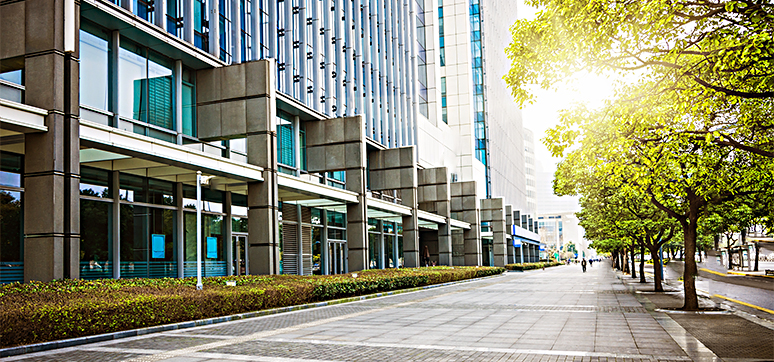
Why the Façade System is to be Tested for Air Infiltration
If the façade system is not airtight, several damages and issues can occur once the resident starts to stay in the building. Following are the potential consequences of a non-airtight façade assembly. Energy loss is one of the major problems that a resident will face if there is excessive air leakage. Air leaks through the façade can lead to significant energy loss by allowing conditioned air to escape as well as the outside air to infiltrate into the building. This can increase heating and cooling demands, resulting in higher energy consumption. This is not only increasing utility costs but also damaging our environmental system. [caption id="attachment_53540" align="alignright" width="300"] Paint peel off due to condensation[/caption] The non-airtight façades system may require more frequent maintenance as well as repairs to address issues such as water damage, mould remediation, degraded building materials, etc. This can result in additional costs and inconvenience for building...
Posted on: 13 Sep 2023
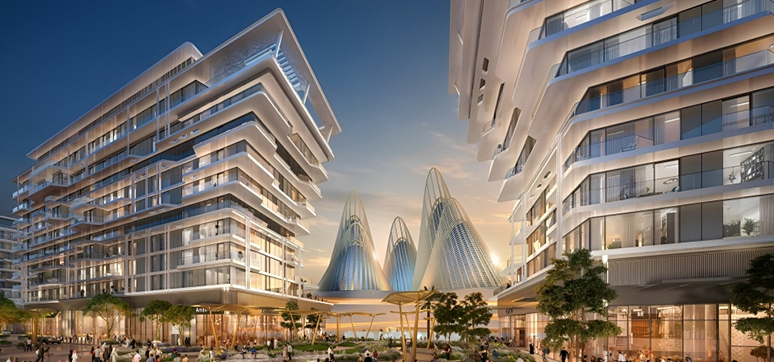
The Realm of Cladding is Experiencing a Surge in Product Advancements
Could you provide an overview of the different types of exterior cladding materials available, and what factors should be considered when selecting them? Choosing the appropriate cladding material is not just a matter of the architect's design considerations, such as the client's preferences, budget, structural loads, context, performance against environmental conditions, and the design's geometry and materials properties that match it. It is also essential to ensure that the chosen materials comply with sustainability and embodied carbon certifications and goals, including energy efficiency, long lifespan, and recyclability. From cladding sheets to composite panels, shingles, and sandwich panels, the available cladding materials offer a comprehensive selection of all types to meet all your needs. Some commonly used cladding materials include metal (such as aluminium, ACP, zinc, copper, brass, galvanized steel, and MCP), glass, stone (including granite, marble, limestone, travertine, and sandstone), plastics (such as FRP, polycarbonate, ETFE cushions, and UPVC), wood/timber...
Posted on: 12 Sep 2023
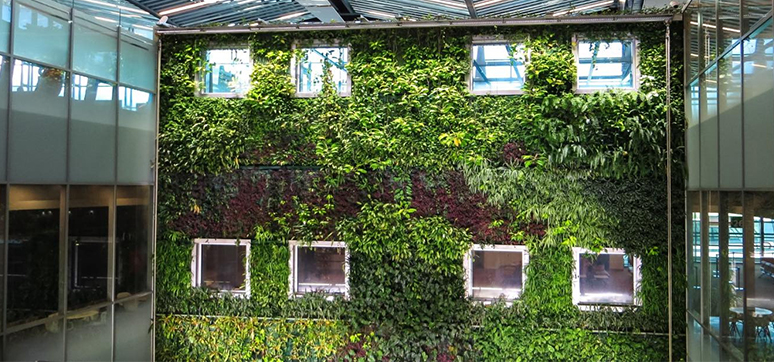
Green Walls-Cladding by Another Name
Green or living walls are becoming a familiar feature of the built environment. Whilst their relevance to sustainability and net-zero might not be clear they do present a public statement of green intent and do benefit city biodiversity, air purity, thermal environment, noise, and no doubt mental health. With all of these benefits, whilst possibly unpopular, there is a need to consider the challenges that their introduction creates for the safety and insurability of the building they are deployed on. Once included as small decorative areas on buildings, they are now proposed for much greater expanses, covering an entire side, or even every side, of tall buildings, and perhaps this best explains the current raised level of interest in addressing their potential fire implications. Building life safety is normally well addressed within our regulations, but on green walls, there are inconsistencies between ADB and other government guides, and the allowance...
Posted on: 06 Sep 2023

Decoding Embodied Carbon: Unlocking the Path to Sustainable Construction
The construction industry’s carbon footprint is a pressing global concern, with buildings accounting for a significant portion of greenhouse gas emissions. The article highlights the value of understanding and addressing the embodied carbon in buildings and how crucial it is in reducing their environmental impact. Sustainable material selection, efficient construction techniques, and stakeholders such as designers, developers, and contractors can collectively drive the reduction of embodied carbon and pave the way for a greener and more sustainable future in the built environment. Understanding Building Sector’s Carbon Footprint The construction industry plays a significant role in global carbon emissions, with buildings responsible for a substantial share. Operational energy use and embodied carbon emissions are major contributors, with operational energy accounting for 30-40% and embodied carbon contributing 11-28% of building-related emissions with the rest of the emission coming from other sources such as transportation, waste generation, and resource. [caption id="attachment_53084" align="alignnone" width="774"]...
Posted on: 22 Aug 2023

The Indian Hardware Manufacturers Must Invest in the Training & Development of the Skilled Manpower
Post-Covid Hardware Market in India 1 to 2 years of Covid was a period of uncertainty for everyone, be it the project developer, contractor or material supplier. Many people saw that period as an opportunity to do the R&D, innovation & development of new technologies and innovative products. Once the work restarted in full swing, there was a great demand for building materials. The companies that invested in stocks & development were overwhelmed with the orders. There is an exponential growth of the hardware market in India, the most credit also goes to the introduction of newly developed products during the Covid period & tremendous use of aluminium systems in residential, corporate & commercial projects. Key Factors Driving the Growth of the Hardware Industry [caption id="attachment_53061" align="alignleft" width="500"] The fully automatic revolving door at the main entrance of the luxury showroom provides an excellent reduction of traffic noises & dust...
Posted on: 21 Aug 2023
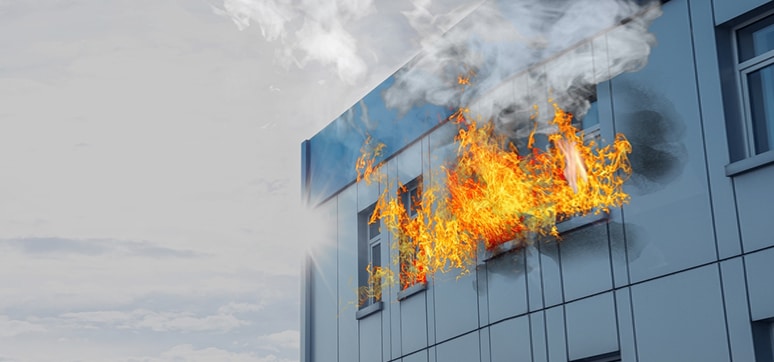
Enhancing Façade Fire Safety: Key Elements and Techniques
A crucial component of building design and construction is façade fire safety, which aims to reduce the chance of flames spreading to a structure's façade. Making sure proper fire safety measures are in place is crucial given the rising popularity of high-rise buildings and complex building façades. Multiple components make for a well-designed façade fire safety system. To prevent the spread of fire, it is important to choose and use fire-resistant materials like insulation and cladding. To improve the fire performance of these materials, fire-resistant coatings, and treatments can be used. Effective compartmentalisation is further important. To stop the spread of flames both vertically and horizontally, this entails installing fire breaks, such as fire-resistant barriers, into the façade. The formation of smoke is reduced and safe evacuation is made possible by adequate ventilation systems and smoke control technologies. The efficiency of façade fire protection elements must be regularly checked and...
Posted on: 14 Aug 2023
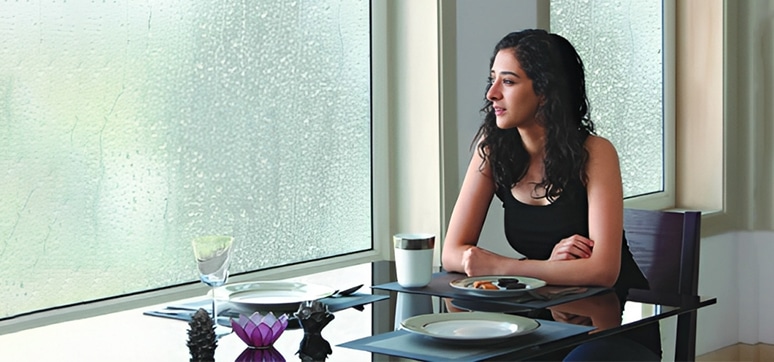
Discovering sustainable weather-proof fenestration solutions
Leaving traditional materials behind, uPVC and aluminium doors and windows have emerged as the top choice for fenestration solutions. In India, where wide climatic variations prevail in areas such as the cold north and the rainy south to the arid, dry regions in western border zones and the humid, subtropical climate of the northeast, using sustainable weather-proof fenestration products is imperative. In extremely hot or cold conditions, temperature control is indispensable via energy-efficient windows and doors that reduce electricity bills. Power costs can also be curbed with the installation of double-glazed glass, heat-resistant coatings and airtight frames. But it is necessary to use UV-resistant materials that won’t fade with time and especially materials that don’t warp due to extreme variations in temperature. Also, one must take into account the rising and setting sun’s orientation when choosing the right windows and doors so the home isn’t prone to unnecessary cooling or...
Posted on: 14 Aug 2023

Hardware Selection – Make Informed Decisions to Meet Specific Requirements
Doors and door hardware are often overlooked during the design process for new construction or renovation projects. While minimum functionality and code requirements are typically considered, little attention is given to how well they will function over time. Instead, more focus is placed on the aesthetics and finish of the door and its hardware. Unfortunately, this lack of attention to functionality can result in ongoing challenges for the staff responsible for maintaining building accessibility and security. The hardware components play a significant role in the overall performance and aesthetics of windows & doors. This article will explore the generic selection criteria for hardware in windows and doors, with a specific focus on technical aspects. By considering these criteria, homeowners, architects, and builders can make informed decisions that meet their particular requirements. The Indian market today has a variety of products for architects at different budgets to match project or customer...
Posted on: 09 Aug 2023

Choosing Hardware Beyond Aesthetics
When it comes to choosing hardware, many people tend to focus solely on aesthetics and overlook other key aspects that are crucial for optimal performance and functionality. While aesthetics certainly plays a role in the overall appeal of hardware, it is essential to delve deeper into the technical specifications and features to make an informed decision. One of the primary factors to consider is the hardware’s compatibility with your specific requirements. Performance is another critical aspect that should not be overlooked. Hardware with superior performance will enable you to carry out your tasks efficiently and smoothly. Reliability and durability are key aspects that should not be underestimated. Hardware components are long-term investments, and choosing reliable brands known for their quality can save you from headaches and unexpected failures down the line. Reading reviews and researching the reputation of manufacturers can provide valuable insights into the reliability and durability of their...
Posted on: 08 Aug 2023

